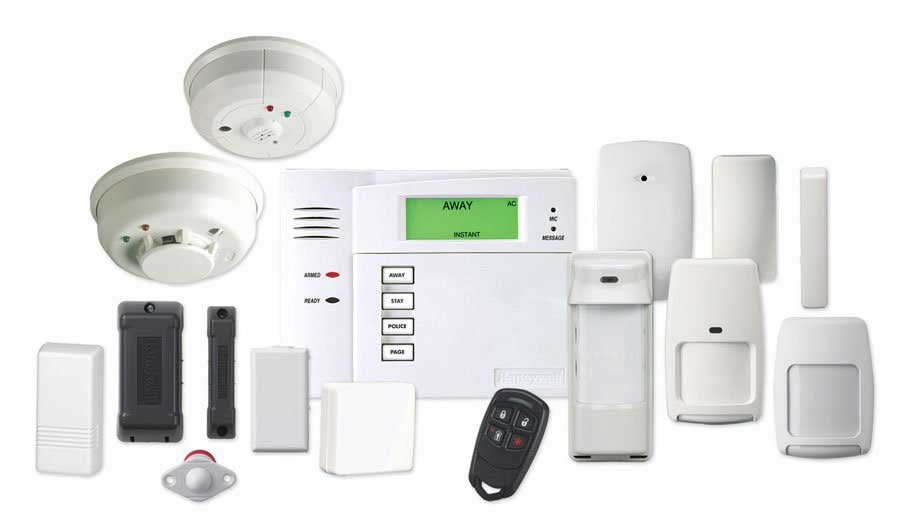Intrusion Detection
 Physical security describes security measures that are designed to deny unauthorized access to facilities, equipment and resources, and to protect personnel and property from damage or harm.
Physical security describes security measures that are designed to deny unauthorized access to facilities, equipment and resources, and to protect personnel and property from damage or harm.
Since the dawn of civilization, maintaining perimeter security has been a top priority. Having some form of it-whether a city wall, a moat or even trained animals-has always been critical for stopping, delaying or deterring a perimeter breach.
Fundamentally, good physical security is a combination of four defensive principles: deterrence, delay, detection and denying a breach. The first two actions are considered passive defense while the latter two are active in nature.
Deterrence
The initial layer of security for a campus, building, office, or other physical space uses crime prevention through environmental design to deter threats. Some of the most common examples are also the most basic— warning signs, fences, vehicle barriers, restricted access points.
Delay
The next layer is mechanical and includes gates, doors and locks. Key control of the locks becomes a problem with large user populations and any user turnover. Keys quickly become unmanageable, often forcing the adoption of electronic access control.
Detection
The Third Layer Is Intrusion Detection Systems Or Alarms. Intrusion Detection Monitors For Unauthorized Access. It Is A Preventative Measure And More Of A Response Trigger.
In Many Jurisdictions, Law Enforcement Will Respond To Alarms From Intrusion Detection Systems. For Example, A Motion Sensor Near A Door Could Trigger On Either A Person Or An Animal. Multiple Sensors Are Available For Identification, And As Far As It Is Designed, It Need To Be Very Specific According To The Requirement. Identification Of The Intrusion Event Is Essential For The Required Intelligence Detection.
Security Cameras Can Be A Deterrent In Many Cases, But Their Real Power Comes From Incident Verification And Historical Analysis.
Denying A Breach
Guards have a role in all layers: in the first, as patrols and at checkpoints; in the second, to administer electronic access control; in the third, to respond to alarms. The response force must be able to arrive on site in less time than it is expected the attacker will be required to breach the barriers.

